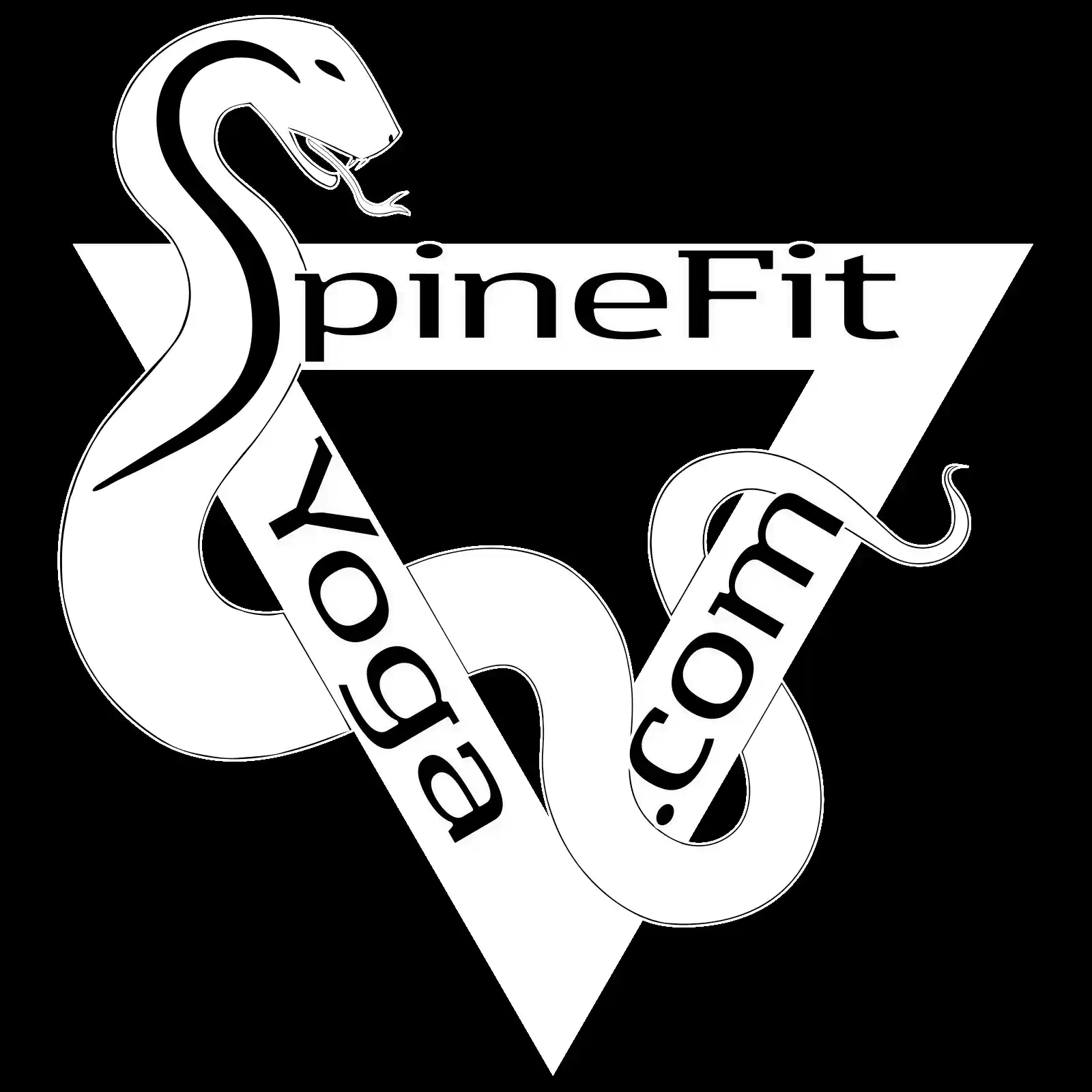QUOTES:
Results: Postintervention pain, disability and quality of life were all significantly improved. In addition, there was a significant reduction in fat infiltration at the L3L4 and L4L5 levels and increase in lumbar extension time to exhaustion of 18%.
Conclusions: A free-weight-based resistance training intervention can be successfully utilised to improve pain, disability and quality of life in those with low back pain.
The evidence for RT in musculoskeletal rehabilitation demonstrates greater effectiveness than aerobic, coordination, mobilisation or Pilates training.
This study demonstrates significant reductions in pain and disability (72% and 76% respectively) in patients with comorbidities presenting with LBP following a 16-week RT programme.
My comments:
This study was interesting to me for a lot of reasons. Not the least of which being the exercise program used wasn’t all that different than my typical program for low back pain. The paper doesn’t describe the program in detail but I emailed the primary author and he was kind enough to share it. How cool is that? The program was as follows:
It’s worth pointing out that before commencing in the exercises, the subjects warmed up and spent a fair amount of time teaching and learning good exercise technique and the ability to maintain a neutral spine during the exercises. If a person with back pain went to the gym and started doing squats and deadlifts with a flexed spine, that would be pretty close to a worst case scenario. However, when performed correctly free-weight resistance training not only increases strength and muscle but good spine motor control (the ability to maneuver loads with motion through your hips preserving a neutral spine) that you don’t get from machine training, or Pilates type exercises. In fact I thought it was really interesting that the authors mentioned Pilates by name because I just read Joseph Pilates books. I’ll have (more to say later) but for back pain Pilates should moderately strengthen abdominal muscle, but 20 out of his 34 exercises included instructions that flex the lumbar spine and 3 more flexed the cervical spine. Today we know that spine flexion is especially harmful to vertebral discs.
Of the 30 participants in the study, prior MRI reports described 44 disc herniations and 20 incidents of facet joint degeneration, yet with proper coaching they were able to tolerate fairly heavy lifting.
Interesting to me was the 18% increase in back extensor endurance as measured by the Biering-Sorensen test. Anyone reading my blog knows I’m a BIG FAN of Stuart McGill’s research and he frequently notes that low back pain is more often associated with lesser spine muscle endurance than spine muscle strength. While I don’t disagree, I’ve always thought that bodybuilding type exercises do pretty fair job of increasing local muscle endurance, so why not train for both. I expect higher rep range exercises to work better in this regard, but it’s cool to see sets of 5 work too.
Also interesting was depending on where measured, spine extensor cross sectional area increased 1.8 to 2.9% while fat infiltrate 8-22%, in spite of the fact that while the exercises were dynamic (with movement) about the hips, legs and shoulders, they were largely isometric (holding still) in the spine extensors.
Last I’d like to point out that this is not an isolated study, but rather part of a growing body of research showing that progressive resistance exercise to include free weight training helps considerably with chronic low back pain:
- Free-weights better than machine training and stretching for back pain
- Periodized resistance training decreases pain and improves function in chronic low back pain
- Periodized resistance training better than aerobic exercise for low back pain
However, I think much of the reason Welch’s group got their exceptional effect sizes was that they also explicitly taught lumbopelvic control and postural adjustment to go along with their exercises. Chronic low back pain being a multifactorial problem, to be cured needs a multi-factorial solution.
Thanks for reading my blog. If you have any questions or comments (even hostile ones) please don’t hesitate to ask/share. If you’re reading one of my older blogs, perhaps unrelated to neck or back pain, and it helps you, please remember SpineFit Yoga for you or someone you know in the future.
Chad Reilly is a Physical Therapist obtaining his Master’s in Physical Therapy from Northern Arizona University. He graduated Summa Cum Laude with a B.S. Exercise Science also from NAU. He is a Certified Strength and Conditioning Specialist, and holds a USA Weightlifting Club Coach Certification as well as a NASM Personal Training Certificate. Chad completed Yoga Teacher Training at Sampoorna Yoga in Goa, India.

Leave a Reply